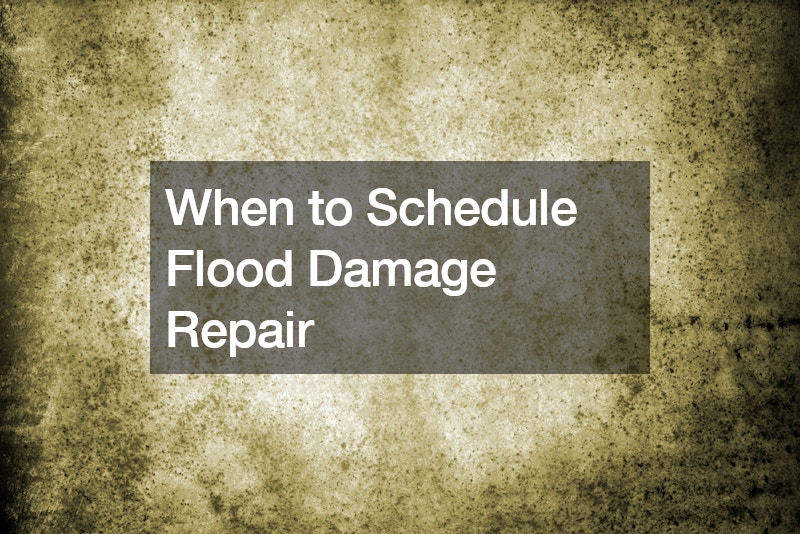When to Schedule Flood Damage Repair

Flood damage can have devastating effects on your home, leading to structural issues, mold growth, and health hazards. Timely and efficient flood damage repair is crucial to mitigate these problems. Knowing when to schedule these repairs can make a significant difference in the restoration process and overall safety of your home.
Immediately After the Flood
The first and most critical time to schedule flood damage repair is immediately after the floodwaters recede. Quick action can prevent further damage and reduce repair costs. Here’s what you should do right away:
Assess Safety: Ensure the property is safe to enter. Check for structural damage, electrical hazards, and gas leaks. If in doubt, consult professionals before entering.
Contact Insurance: Notify your insurance company as soon as possible to start the claims process. They may provide recommendations for certified flood damage repair services.
Remove Water: Start the water removal process immediately. Use pumps, wet vacuums, and dehumidifiers to extract water and moisture from your home. The faster you remove the water, the less damage will occur.
Within 24-48 Hours
The first 24 to 48 hours after a flood are crucial. Scheduling professional flood damage repair services within this timeframe can prevent extensive damage. Here’s what professionals will typically address during this period:
Water Extraction: Professionals will use advanced equipment to remove standing water and excess moisture from floors, carpets, walls, and furniture.
Drying and Dehumidifying: Industrial-grade dehumidifiers and air movers will be used to dry out the affected areas thoroughly. This step is vital to prevent mold growth.
Cleaning and Sanitizing: Floodwater often contains contaminants. Professionals will clean and sanitize your home to eliminate bacteria, viruses, and other harmful substances.
Within the First Week
After the initial emergency response, it’s important to continue with more detailed repairs and restoration. Schedule these services within the first week to ensure a comprehensive approach:
Mold Prevention and Remediation: Even after drying, mold can develop in hidden areas. Professionals will inspect for mold and take necessary steps to prevent or remediate it.
Structural Repairs: Inspect the structural integrity of your home. Professionals will assess and repair damaged foundations, walls, and other critical structures.
Electrical and Plumbing Systems: Floods can damage electrical and plumbing systems. Have professionals inspect and repair these systems to ensure they are safe and functional.
Long-Term Restoration
While immediate repairs are crucial, long-term restoration should not be overlooked. Schedule ongoing assessments and repairs over the next few months:
Continuous Monitoring: Regularly monitor your home for signs of moisture, mold, and structural issues. Early detection can prevent further damage.
Renovations: Consider renovating flood-prone areas with flood-resistant materials and designs to minimize future damage.
Landscaping and Drainage Improvements: Improve your property’s drainage and landscaping to prevent future floods.
